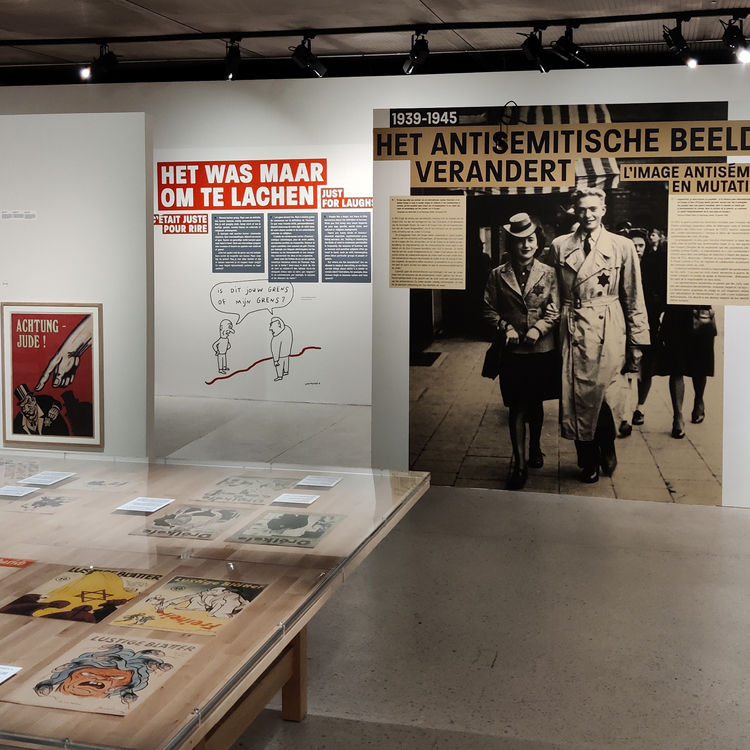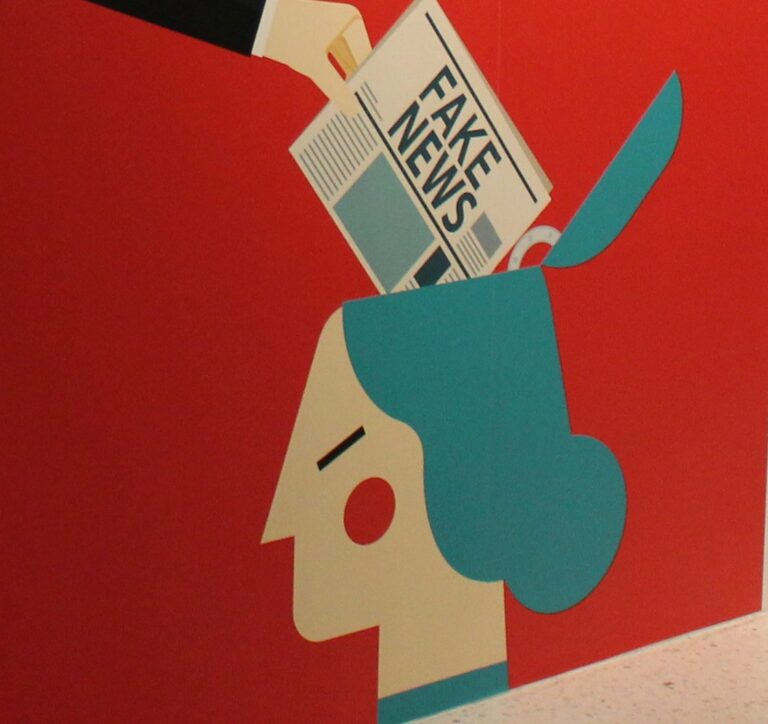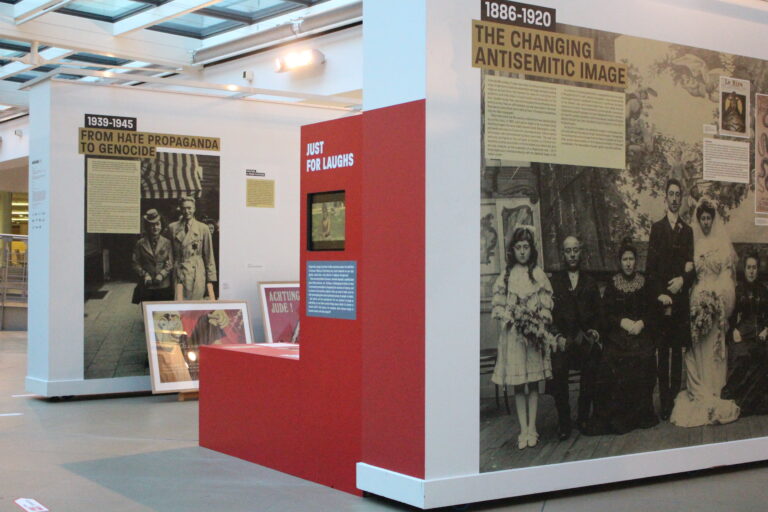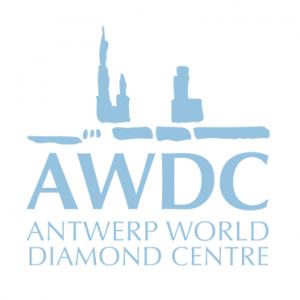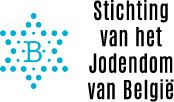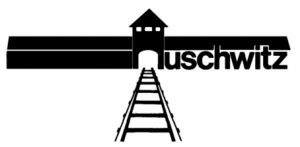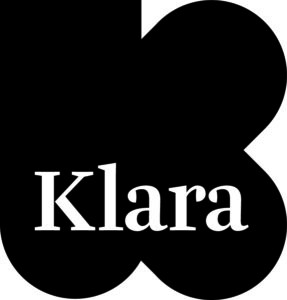The full version of the exhibition was first on display in Belgium at Kazerne Dossin (28.01 – 7.12.2021). Next, an adapted version of the exhibition was shown from 8 November until 11 December 2022 at the headquarters of the European Commission in Brussels and from 16 January until 20 February 2023 at the United Nations Headquarters in New York City, as part of the United Nations Holocaust and the United Nations Outreach Programme’s activities for 2023.
A banner exhibition will be available in English in the autumn of 2023. It will be available in Arabic, Chinese, English, French, Hindi, Kiswahili, Russian and Spanish as of early 2024.
It can be booked as a travelling exhibition by your organisation in two versions: as put on display at the UN Headquarters (100m2) or as a banner exhibition (25 m2). You will find a brief overview below. Do not hesitate to contact us for more information!
CONTENTS
The exhibition #FakeImages is based on the collection of Arthur Langerman, a Belgian Holocaust survivor and collector of the largest collection of antisemitic drawings, posters, and objects in Europe, which is managed by the Arthur Langerman Archive for the Study of Visual Antisemitism (ALAVA) at the Center for Research on Antisemitism at the Berlin Technical University. The #FakeImages exhibition presents antisemitic images through the ages and reveals the mechanisms that impact contemporary thinking and society. The use of contemporary examples and interactive exhibits encourages visitors to penetrate and to unmask timeless mechanisms such as stereotypes, conspiracy theories, propaganda, deception, and humor.
DEVELOPMENT
Building on the exhibition “Dessins assassins” from the Caen Memorial and in cooperation with international experts, the exhibition was developed by Kazerne Dossin, under the direction of Dr Veerle Vanden Daelen, deputy director and coordinator of collections and research at Kazerne Dossin, and Dr Laurence Schram, researcher at Kazerne Dossin.
EXHIBITION
There are two versions of the exhibition:
VERSION A
The standard set-up of the exhibition is about 100 m². It is constructed in a way that allows for it to be easily mounted in different rooms and settings. The furniture and displays need to be produced locally. It includes the following sections:
- Introductory text
- “Fake or real?” passage
- Six historical sections
- Diversity of Jewish life
- Arthur Langerman and his collection
- European antisemitism throughout the centuries
- 1886-1920 – The changing antisemitic image
- 1920-1939 – The antisemitic image on the conquest for power
- 1939-1945 – From hate propaganda to genocide
- Four educational and interactive sections with actualization and mechanisms
- The oversimplified world
- I am not racist, but…
- The power of deception
- Just for laughs
- Self-evaluation tool
- Related website with background and practical exhibition information: fakeimages.be
VERSION B
This is a banner exhibition. The standard set-up is about 25 m² and includes the following sections:
- Introductory text
- Six historical sections
- Diversity of Jewish life
- Arthur Langerman and his collection
- Antisemitism in Europe
- 1886-1920 – The changing antisemitic image
- 1920-1939 – The antisemitic image on the conquest for power
- 1939-1945 – From hate propaganda to genocide
- Four educational and interactive sections with actualization and mechanisms
- The oversimplified world
- I am not racist, but…
- The power of deception
- Just for laughs
- Self-evaluation tool
- Related website with background and practical exhibition information: fakeimages.be
CONTACT
For further information about price, a virtual tour and other matters, please contact Veerle Vanden Daelen (veerle.vandendaelen@kazernedossin.eu).
The travelling exhibition was made possible thanks to the support of:
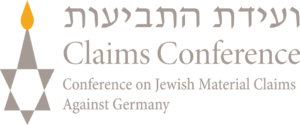

Version A of the exhibition was created for the United Nations Holocaust and the United Nations Outreach Programme’s 2023 outreach. Version B was created for the Holocaust and the United Nations Outreach Programme’s support for United Nations Information Centres, and translated into Arabic, Chinese, English, French, Hindi, Kiswahili, Russian and Spanish by the United Nations.

